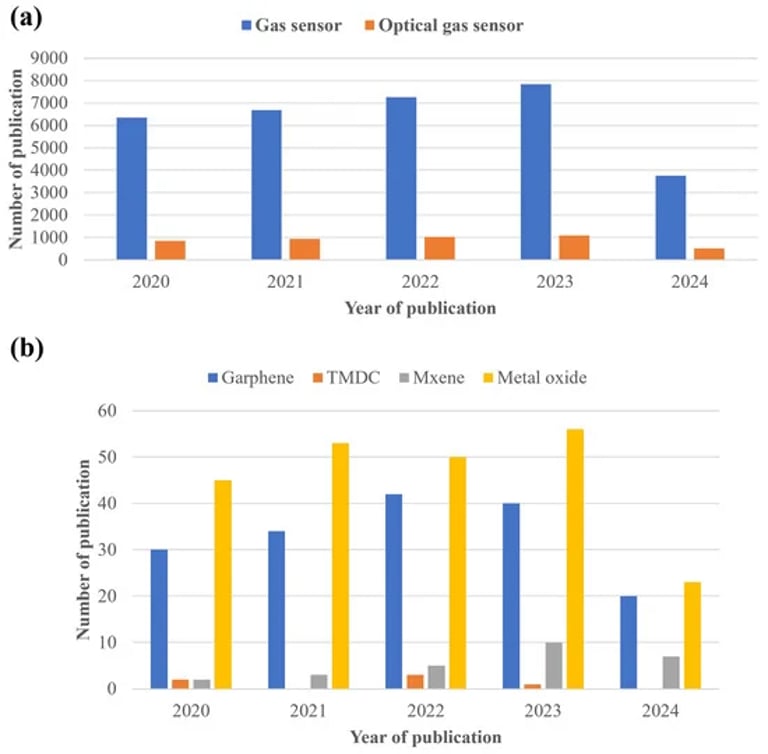Breakthrough Optical Sensors Revolutionize Medical and Environmental Monitoring for Toxic Chemicals
September 19, 2024
Recent advancements in optical sensors and their applications in medical and environmental monitoring are highlighted in a new Special Issue focused on chemical sensors for toxic chemical detection.
These sensors are crucial for providing timely information about harmful substances, emphasizing the need for low cost, portability, sensitivity, and selectivity.
Gas sensors offer rapid, sensitive, and real-time analysis, making them invaluable in fields such as medical diagnostics, environmental monitoring, food safety, and industrial processes.
The presence of volatile organic compounds (VOCs) is linked to health risks, including respiratory diseases and potential carcinogenic effects from substances like benzene and formaldehyde.
The article discusses advancements in gas sensors, particularly for detecting VOCs, utilizing magnetron sputtering technology to enhance their performance.
Chemical resistive gas sensors based on metal oxides are noted for their sensitivity, stability, and low power consumption, making them suitable for various applications.
Common metal oxides used in gas sensors include tungsten trioxide, titanium dioxide, nickel oxide, and zinc oxide, each demonstrating effective detection capabilities.
Researchers are exploring methods to enhance the sensing area of metal oxide gas sensors, focusing on micro- and nanopatterned laser-induced periodic surface structures.
Hybrid systems in gas sensing technology are advantageous due to their reduced material consumption, improved sensitivity, and increased product yields in chemical processes.
Optical biosensors and chemical sensors utilize various techniques, including fluorescence and spectroscopic methods, to detect biomolecular interactions and chemical substances.
Ten specific VOCs have been identified as particularly relevant for sensor applications, including acetone, ammonia, and formaldehyde.
Challenges in the development of gas sensors include maintaining high sensitivity and signal-to-noise ratios in real-time monitoring, alongside fabrication difficulties.
Summary based on 6 sources

